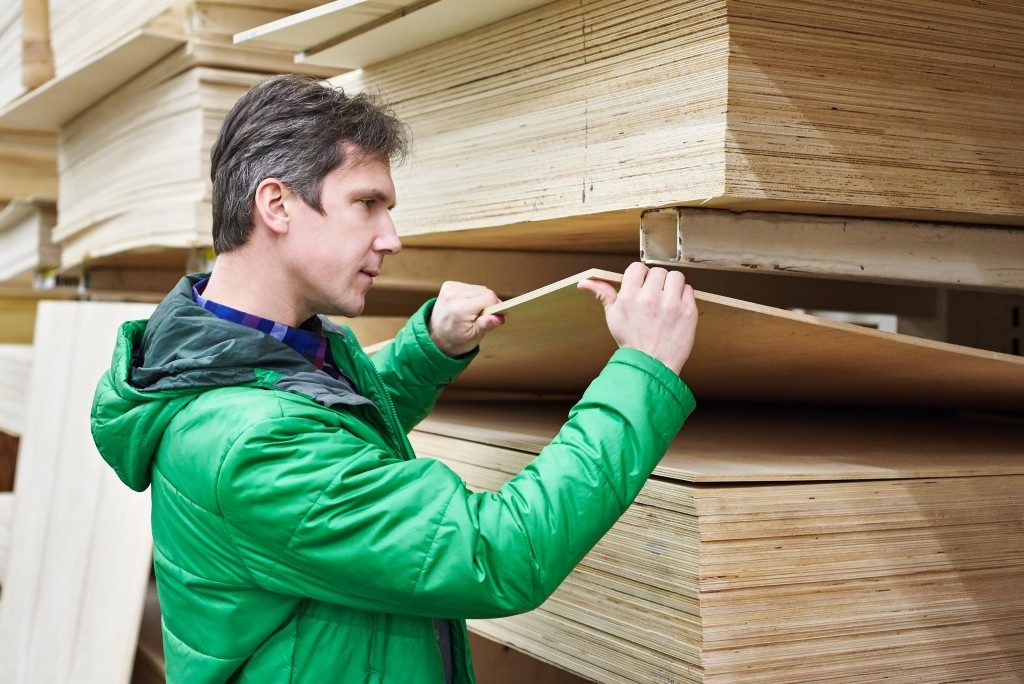Plywood is one of the most versatile material options for indoor and outdoor use. It is comprised of several laminated wooden strips that have their wood grain on subsequent layers and lie perpendicularly to their preceding layers. These layers are pressed and secured using a specific kind of woodworking glue. Though the multiple layers make a strong and durable construction material, it is not regarded as especially pleasing, aesthetically.
However, this should be the least of your worries when using exterior or interior ply for your surfaces. With the right choice of an edge treatment, you can cover these layers and transform the look of plywood. The options for covering the edges of plywood include biscuit joinery, edge banding, tongue and groove, and screen molding. Once the sides are covered, you can focus on getting a surface finish that matches your environment and the look you want to generate. Here are some of your surface treatment alternatives for plywood.
Paint
This is the common finish choice for exterior plywood surfaces. It not only makes your plywood surfaces durable and able to withstand harsh weather but also allows you to match them to the elements in your landscape. Painting of plywood starts with the sanding of your surface and application of a primer. Once the primer dries, you can apply your chosen paint and coat it using a polyurethane sealer. You should steer clear of alkyd enamel and oil-based paints if you are using your plywood in outdoor areas since these do not protect against exterior elements.
This is also a leading choice for plywood surfaces used outdoors. Water repellent coatings feature a mix of paint thinners, drying oil wax, and mineral spirit. They not only penetrate the plywood’s surface but also retain the natural color and look of plywood since they have no coloring pigments. The best choice when using water repellent coating is to dip your plywood into them. This way, the entire plywood surface is efficiently protected from moisture damage. Edge sealing when using water repellent coating is essential to guarantee the plywood is entirely sealed off from water penetration.

Overlays
There exist numerous types of overlays that are bonded to the surface of your plywood. These include medium density, high density, fiberglass, metal, fiber cement, and decorative overlays. The overlays are generally used for plywood used indoors. They protect the underlying plywood from environmental elements while generating your desired look to match other interior design elements in your space.
Lacquer and Varnish
These finishes may seem similar, but they actually have stark differences. Lacquer can at times be tinted, unlike varnish, which is always clear. Moreover, you can buff lacquer to achieve a higher shine, but you cannot do the same with varnish. Finally, lacquer is sprayed onto your surface while the latter will be brushed on to it. Both of them protect your plywood from several destructive elements and boost its look.
People are drawn to plywood because it is inexpensive but worry that their surfaces will look drab and lifeless. Fortunately, the above finishes assure you that you can customize your plywood’s look. These should be your primary choice for furniture and building finishes.

